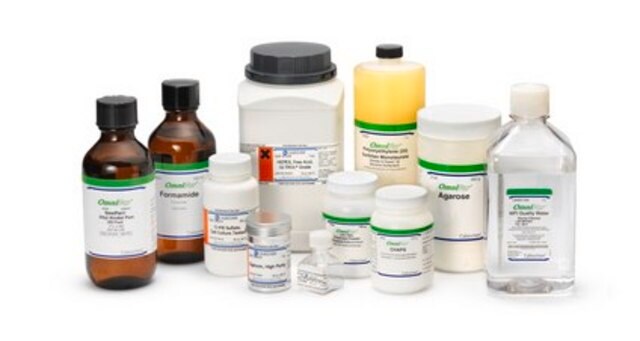PVP10
Polyvinylpyrrolidone
average mol wt 10,000
Synonym(s):
PVP, Polyvidone, Povidone
About This Item
Recommended Products
form
powder
Quality Level
mol wt
average mol wt 10,000
viscosity number
12-18(lit.)
SMILES string
C=CN1CCCC1=O
InChI
1S/C6H9NO/c1-2-7-5-3-4-6(7)8/h2H,1,3-5H2
InChI key
WHNWPMSKXPGLAX-UHFFFAOYSA-N
Looking for similar products? Visit Product Comparison Guide
Related Categories
General description
PVP can serve as a surface stabilizer, nanoparticle dispersant, growth modifier, and reducing agent, depending on the synthetic conditions.[2]
Application
Other Notes
Storage Class Code
11 - Combustible Solids
WGK
WGK 1
Flash Point(F)
Not applicable
Flash Point(C)
Not applicable
Personal Protective Equipment
Choose from one of the most recent versions:
Already Own This Product?
Find documentation for the products that you have recently purchased in the Document Library.
Customers Also Viewed
Our team of scientists has experience in all areas of research including Life Science, Material Science, Chemical Synthesis, Chromatography, Analytical and many others.
Contact Technical Service
